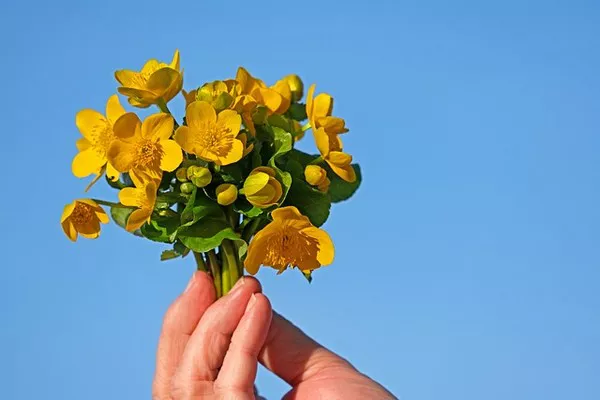Gardening enthusiasts often face the challenge of protecting their beloved flowers from hungry rabbits. These furry creatures can wreak havoc on your carefully cultivated garden, munching on tender plants and flowers. However, there are effective and humane ways to deter rabbits and preserve the beauty of your garden. In this article, we will explore various strategies to keep rabbits away from your flowers, ensuring a thriving and aesthetically pleasing outdoor space.
Understanding Rabbit Behavior:
Before delving into preventive measures, it’s essential to understand rabbit behavior. Rabbits are herbivores with a keen sense of smell and taste. They are attracted to a variety of plants, including flowers, as part of their natural diet. Knowing what draws rabbits to your garden is the first step in devising an effective protection plan.
Choose Rabbit-Resistant Plants:
One proactive approach to safeguarding your garden is to select flowers that rabbits find less appealing. While no plant is entirely rabbit-proof, some varieties are more resistant to their nibbling tendencies. Marigolds, daffodils, lavender, and salvia are examples of flowers that rabbits tend to avoid. By incorporating these into your garden, you create a less attractive environment for the furry intruders.
Create Physical Barriers:
Installing physical barriers is a practical and effective way to keep rabbits away from your flowers. Fencing is the most common method, and a fence with small openings (about one inch or less) can be an excellent deterrent. Ensure the fence is at least two feet high, as rabbits are agile jumpers. Additionally, bury the bottom of the fence at least six inches underground to prevent rabbits from burrowing underneath.
Alternatively, individual plants can be protected with wire cages or cloches. These can be made from materials like chicken wire or hardware cloth and placed around vulnerable flowers. Make sure the barriers are tall enough to prevent rabbits from reaching over and sturdy enough to withstand their attempts to chew through.
Apply Repellents:
Various commercially available rabbit repellents can be applied to your flowers to make them less appealing to these furry foragers. Repellents are typically formulated with natural substances that emit odors or tastes rabbits find unpleasant. Common ingredients include garlic, hot pepper, and predator urine.
Be sure to follow the product instructions carefully and reapply the repellent after rain or watering. It’s essential to use repellents specifically designed for outdoor use and safe for plants to avoid damaging your flowers. Organic and eco-friendly options are available for those who prefer a more sustainable approach.
Utilize Scents:
Rabbits rely heavily on their sense of smell, making certain scents effective in deterring them. Consider planting aromatic herbs such as rosemary, thyme, or mint around your flower beds. These scents can confuse and discourage rabbits from approaching the area.
Alternatively, you can create homemade scent deterrents using natural ingredients like crushed garlic, cayenne pepper, or vinegar. Mix these ingredients with water and spray the solution on and around your flowers. Remember to reapply after rainfall or as needed to maintain their effectiveness.
Implement Companion Planting:
Companion planting involves strategically placing plants together to benefit each other. In the case of protecting flowers from rabbits, consider planting rabbit-resistant species alongside more vulnerable ones. The strong-smelling or less palatable plants can act as a natural deterrent, reducing the likelihood of rabbit damage.
For instance, planting strong-scented herbs like oregano or thyme alongside your delicate flowers can help create an environment that rabbits find less appealing. Research companion planting combinations suitable for your region and climate to maximize their effectiveness.
See Also What Type Of Flower Is A Tulip
Conclusion:
Preserving the beauty of your garden and protecting your flowers from rabbits requires a combination of proactive strategies. By understanding rabbit behavior, choosing the right plants, implementing physical barriers, using repellents and scents, and practicing companion planting, you can create a garden that is both aesthetically pleasing and resistant to rabbit damage. Experiment with these methods to find the most effective combination for your specific garden and enjoy a flourishing outdoor space free from rabbit-induced woes.


